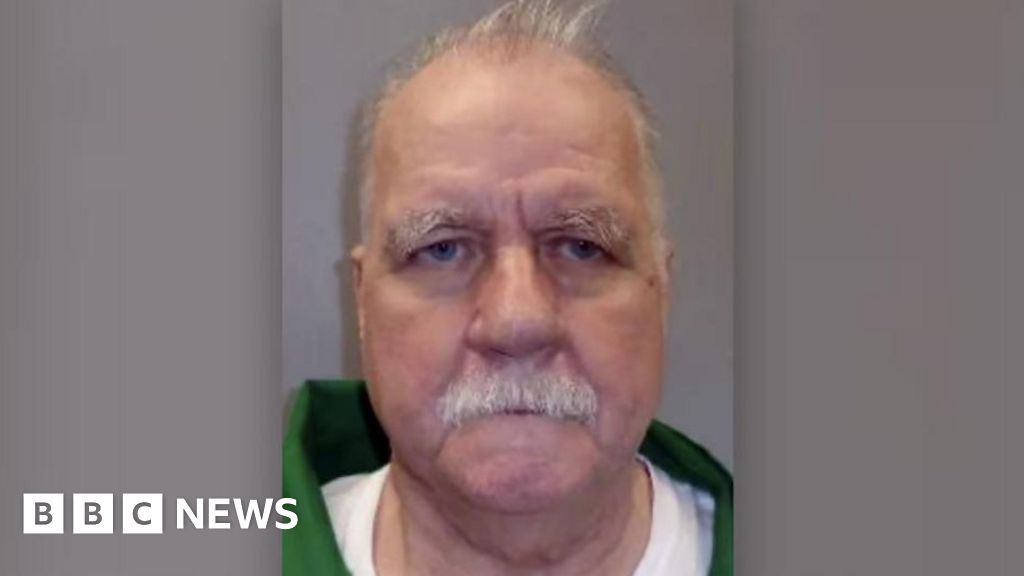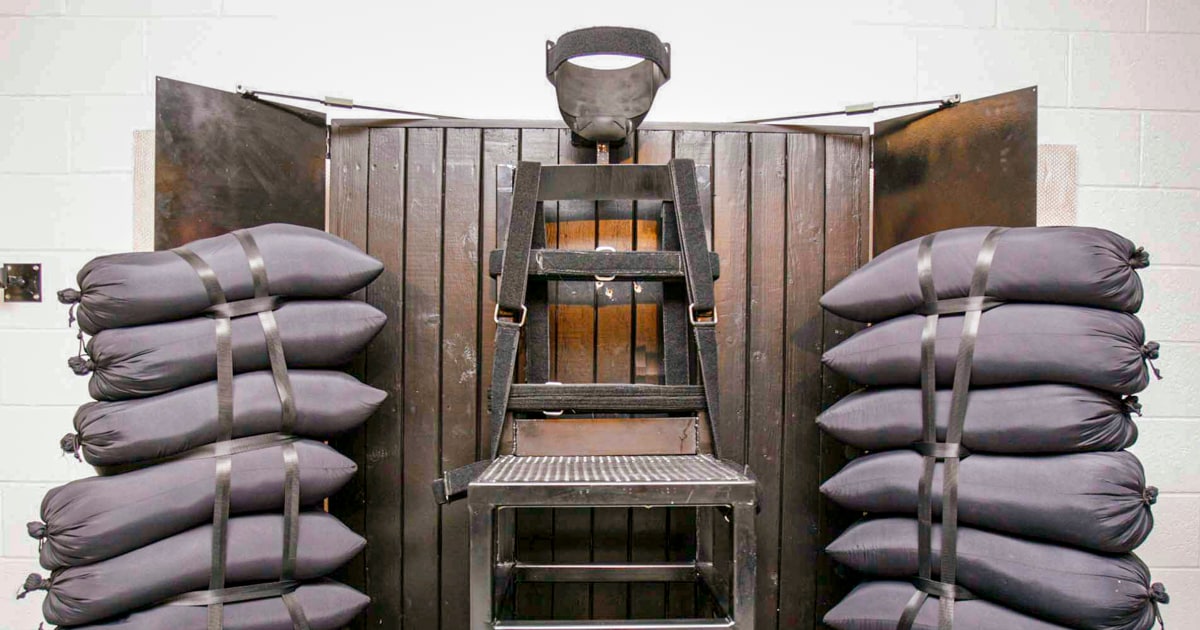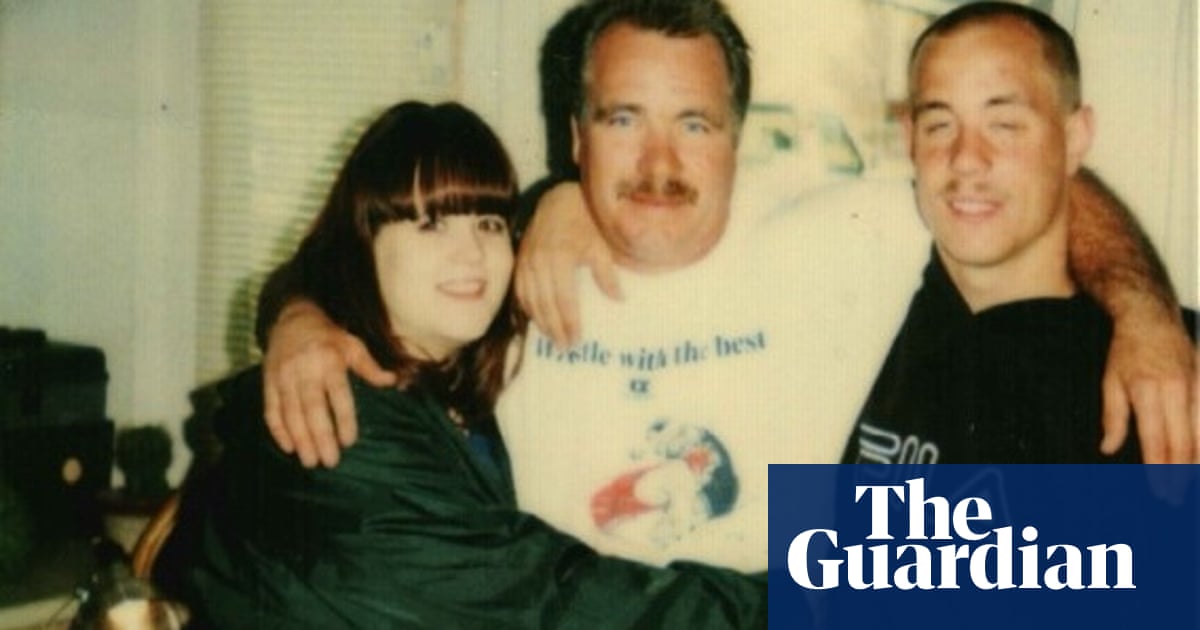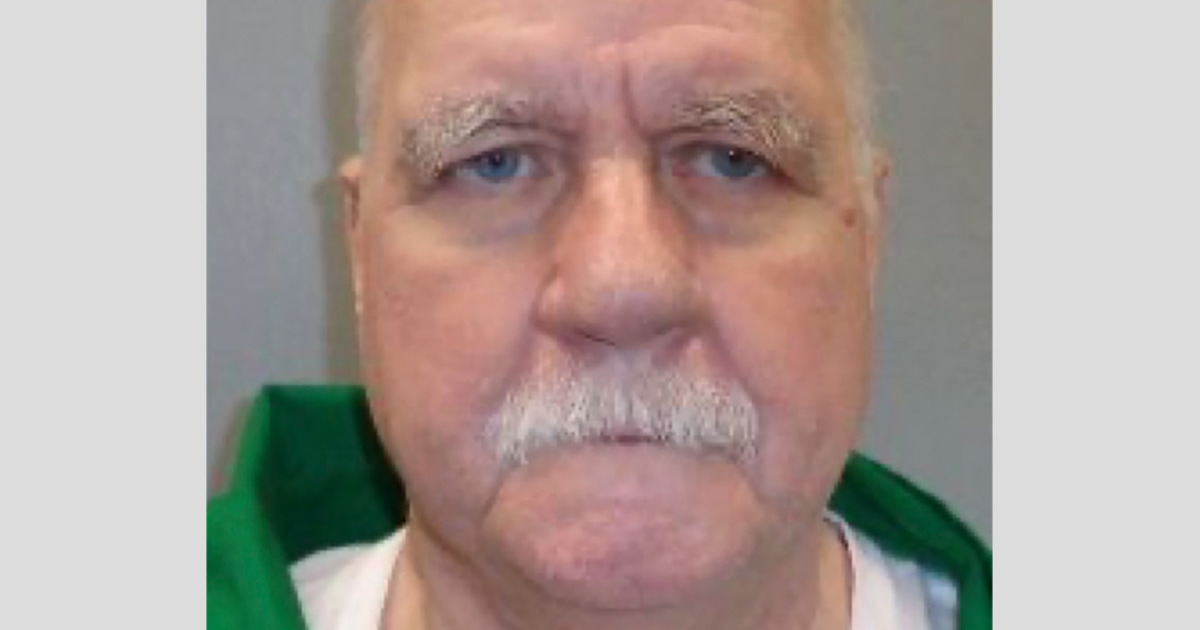South Carolina Executes Brad Sigmon by Firing Squad, Marking U.S. Death Penalty Milestone
Brad Sigmon, 67, executed by firing squad in South Carolina, becomes the first U.S. inmate killed by this method in 15 years.
Subscribe to unlock this story
We really don't like cutting you off, but you've reached your monthly limit. At just $5/month, subscriptions are how we keep this project going. Start your free 7-day trial today!
Get StartedHave an account? Sign in
Overview
In a historic move, South Carolina executed 67-year-old Brad Sigmon by firing squad, the first execution of its kind in the U.S. since 2010. Sigmon, who chose this method due to concerns over lethal injection, was convicted in 2001 for the brutal murders of his ex-girlfriend’s parents. The firing squad comprised three volunteer prison employees who shot him from 15 feet away, an execution described as a 'bloody spectacle' by critics. Sigmon's final statement called for an end to the death penalty, while his lawyers raised concerns about his mental fitness. This execution signifies a controversial moment in South Carolina's death penalty history.
Report issue

Read both sides in 5 minutes each day
Analysis
- Brad Sigmon's execution by firing squad marks a controversial revival of capital punishment in South Carolina, with concerns raised about the safety and humanity of this method.
- Despite Sigmon's transformation and calls for clemency, the state proceeded with the execution, adhering to laws that now require condemned inmates to choose their execution method.
- The decision to use the firing squad was influenced by concerns over lethal injection protocols and the potential anguish they can cause, framing the firing squad as a less barbaric alternative.
Articles (9)
Center (6)
FAQ
Brad Sigmon chose the firing squad over lethal injection and the electric chair due to concerns about the pain and potential complications associated with those methods. His lawyers noted that he feared lethal injection could cause fluid and blood to rush into his lungs, and the electric chair would 'cook him alive'[2].
The firing squad execution in South Carolina involves the inmate being strapped into a chair with a target over their heart. Three volunteer prison employees, positioned behind a wall about 15 feet away, fire rifles through an opening. The execution is witnessed by observers separated by bullet-resistant glass.
History
- 8M

 3 articles
3 articles







